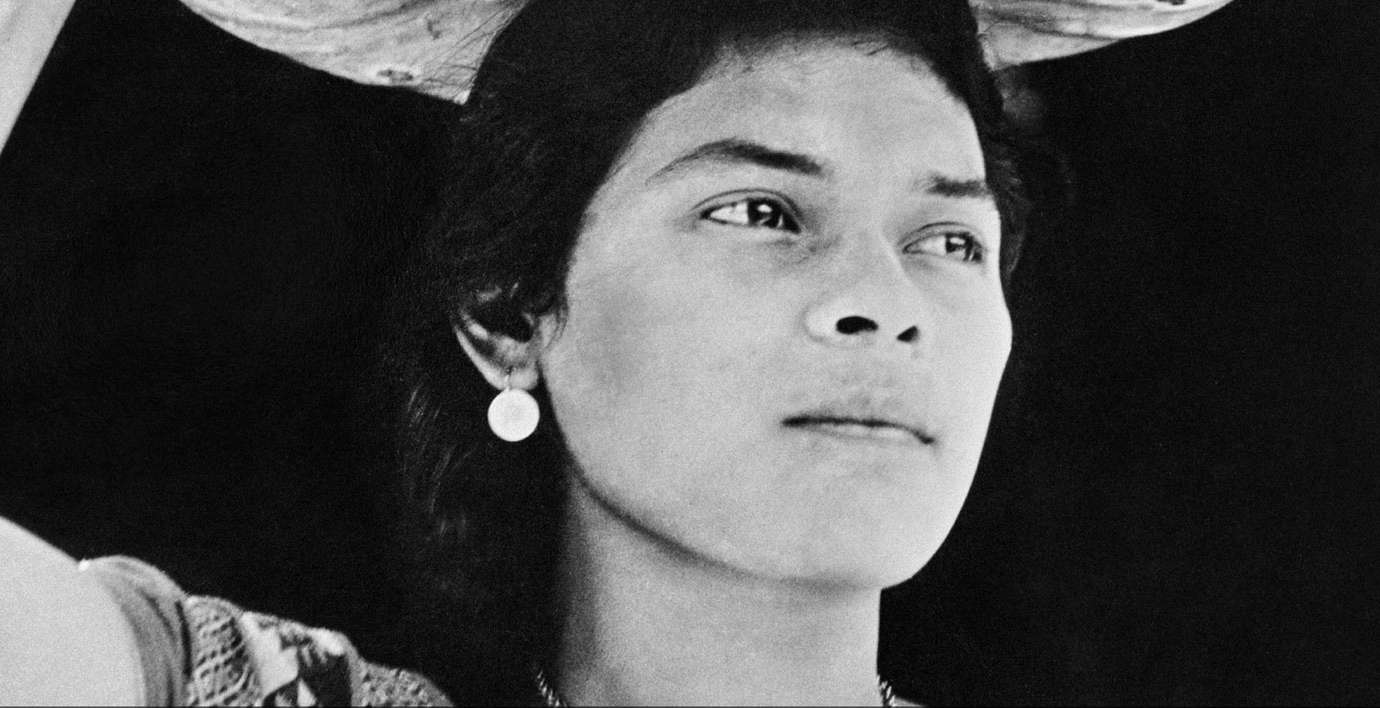Bologna, Palazzo Pallavicini dedicates an exhibition to Tina Modotti
From Sept. 26, 2024 to Feb. 16, 2025, the halls of Bologna’s Palazzo Pallavicini will host an exhibition dedicated to the photography of Tina Modotti(Udine, 1896 - Mexico City, 1942), a leading exponent of photography and political activism in the first half of the 20th century.
Organized and produced by Chiara Campagnoli, Deborah Petroni and Rubens Fogacci of Pallavicini s.r.l, together with the Tina Modotti Committee, the exhibition, curated by Francesca Bogliolo, intends to retrace, through a fine selection of about one hundred works and some precious documents, the human story of a courageous and nonconformist woman, who was able to make herself the interpreter of the sentiment of her own time, elaborating a poetics of truth harbinger of human values capable of transcending the limits of space and time.
Independent, free, modern, Tina Modotti combined her love of art and that of truth with her own political ardor, which guided her choices and interventions as a militant, with the desire to contribute to the creation of a better world. In continuous dialogue with artists and intellectuals during the evolution of her expressive periods, Modotti developed a photographic language with an intimist tone, capable of investigating the contradictions of reality in order to penetrate its secret lyricism. The totality of the shots on display in the exhibition reveals, from the very beginning, a new way of observing reality, participating in the fleetingness of its instants: the path articulated along the rooms wishes to invite the observer to a dialogue with his or her own personal conception of time, sometimes motionless and astonished, sometimes fleeting and elusive.
What emerges powerfully is a happy and free Tina (happy because she is free), as she herself wrote to Weston in April 1925: a woman with a lively intellect and an astonishing capacity for introspection, whose multifaceted nature appears capable of guiding her choices. Divided into six sections, the exhibition aims to show the public the infinite facets of a photographer adept at leaving aside aesthetics to devote herself to ethics, developing an eloquent and personal visual code, delineated and evolved in a very short time, yet capable of leaving an indelible trace in the historical and photographic heritage of the first half of the last century. The continuous dialogue with Edward Weston’s photographs, reverberating from a dense exchange of correspondence between the two artists, narrates Tina’s obsession with photographic quality and her desire, reiterated in a 1929 statement, to objectively record life in all its aspects.
Numerous biographical photographs, imbued with narrative power, include the faces of some well-known personalities of the time and the artistic dimension in which Modotti immersed her soul and found her inspiration: photographer and her mentor Edward Weston, artists Diego Rivera and Frida Kahlo, actress Dolores del Rio, revolutionary journalist Julio Antonio Mella, and politician Vittorio Vidali. From the perspective of a passionate and sincere activism, Tina used the photographic medium as an extension of her own eye, a tool for investigation and social denunciation, with an expressive coherence capable of transcending art to deliver it as a gift to life, that life which, in her own words, was continually struggling to dominate art.
A true metamorphosis of life into art, which finds its photographic transposition in the famous calla lilies and delicate geometries on display, which Tina attempts to convert into abstraction in order to preserve them in memory, leaving out superfluous elements to reach, with fervor, the core of feeling. The intensity of the passion that guides Tina’s hand and eye is found among the faces and hands of the Mexican people, protagonists of an entire section, witnesses to a will for change and a necessary awareness, which in her vision rise to icons of possibilities for social redemption.
Life, art and revolution: these are the key words of the shots that capture the symbols of the class struggle, the workers, the women of the people, the assemblies, the details. Intense are the snapshots of the women of Tehuantepec who, walking swiftly through nature, tell of Tina’s desire to search in an ancient society for a new truth and poetic meaning that would become inexhaustible creative sap for her; austere, in this sense, are the children’s gazes, which seem to penetrate the lens in an attempt to reach the soul of the shooter.
Closing the exhibition, finally, is a selection of Tina’s portraits, including some of those she called immortal, taken by Edward Weston. In observing them, one seems to hear the echo of the words of Federico Marin, who described her as “a mysterious beauty, devoid of vulgarity [...], but not cheerful, but austere, terribly austere. Not melancholic, nor tragic.”
Charm and mystery remain intact to this day, as the words written in her letters, her peculiar gaze, and bold experimentation place Tina Modotti among the greatest interpreters of the reality of the human condition, captured in its infinite facets. The immersive nature of her shots, resulting from an innate empathy for her subjects, becomes a voice capable of narrating to the viewer the infinite variety of the world and, at the same time, its universality.
For all information, you can visit the official website of Palazzo Pallavicini.
 |
| Bologna, Palazzo Pallavicini dedicates an exhibition to Tina Modotti |
Warning: the translation into English of the original Italian article was created using automatic tools. We undertake to review all articles, but we do not guarantee the total absence of inaccuracies in the translation due to the program. You can find the original by clicking on the ITA button. If you find any mistake,please contact us.





























